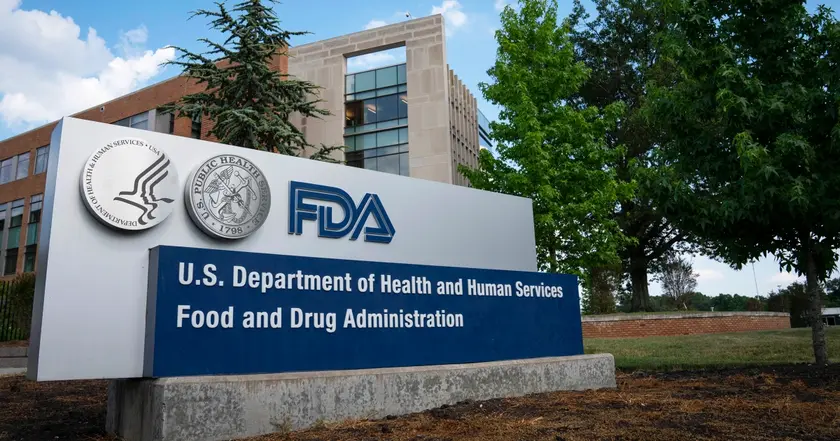T4K3.news
Precigen Surges After FDA Approves Papzimeos Therapy
FDA approves Papzimeos for recurrent respiratory papillomatosis, sending Precigen stock higher and shifting the company’s growth outlook.

The FDA approval of Papzimeos for recurrent respiratory papillomatosis could shift care for patients and reshape Precigen’s financial outlook.
Precigen Surges After FDA Approves Papzimeos Therapy
Precigen shares jumped after the FDA cleared Papzimeos, the first therapy approved to treat recurrent respiratory papillomatosis (RRP).
The decision rests on early to mid stage data showing 51% of patients needed no surgeries in the 12 months after treatment, a result that could reduce repeated procedures for many patients.
Analysts welcomed the move and noted the potential for meaningful revenue as access expands, while the company faces the usual hurdles of drug development and payer coverage.
In the quarter, Precigen posted a net loss of 26.6 million dollars, with revenues of 856 thousand dollars, underscoring how much the business remains tied to product approvals and market uptake.
Key Takeaways
"For more than a century, since RRP was first recognized as a distinct disease, patients have had to rely on repeated surgeries to manage this relentless condition. Today marks a historic turning point. With the landmark FDA approval all adult RRP patients are now eligible for access to the first and only approved therapy that targets the root cause of the disease"
Helen Sabzevari, CEO of Precigen, on the FDA decision
"Everybody is anxiously awaiting a new treatment for this disease. The patients are and the surgeons are. There’s nothing more frustrating than doing a surgery and then having the patient come back six months later"
Simon Best, Johns Hopkins Otolaryngology associate professor
"The approval was based on an early-to-mid-stage study data that showed 51% of patients required no surgeries in the 12 months after the treatment"
Key data point behind the approval
The approval changes the regulatory narrative around Precigen, reducing a major overhang that has weighed on the stock. It also drafts a new financial chapter where revenue depends on uptake, pricing, and payer acceptance rather than on research milestones alone. The path to profitability will hinge on manufacturing scale, access across insurers, and competition from other therapies in the rare disease space.
A broader market question is whether this milestone translates into durable growth. If Papzimeos reaches a wide patient base, the upside could meet or exceed early forecasts, but any delay in reimbursement or weaker-than-expected adoption could blunt gains. The narrative now shifts from approvals to execution.
Highlights
- Hope finally meets a treatment option
- A turning point that reshapes patient journeys
- Investors move fast when a real option opens
- Access will be the real measure of value this year
Financial and regulatory risk for Precigen
The company faces ongoing losses and relies on drug uptake for profitability. Payer coverage, reimbursement decisions, and manufacturing scale will influence financial outcomes and stock performance.
As the field watches for payer decisions and patient access, the real proof will be in how quickly care pathways adapt to a new option.
Enjoyed this? Let your friends know!
Related News
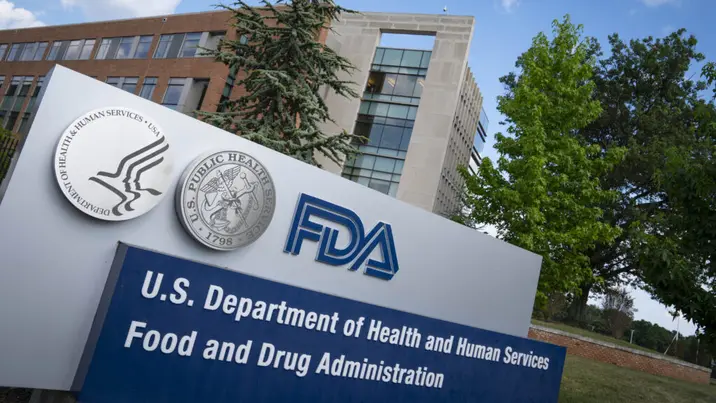
FDA rejects Replimune's skin cancer therapy

FDA vaccine chief departure raises concerns
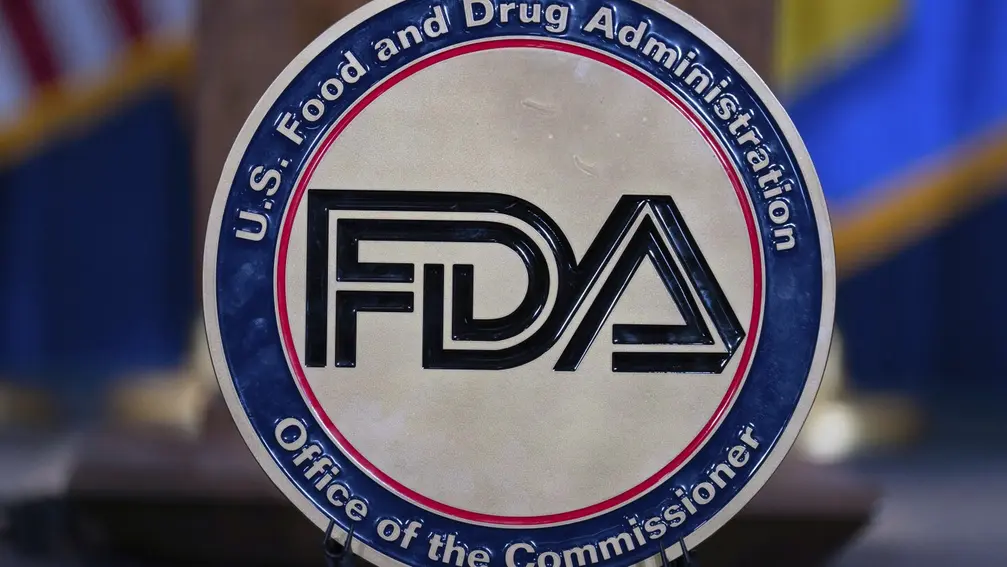
Sarepta defies FDA request on gene therapy shipments

FDA official influenced rejection of Replimune therapy

FDA reappoints vaccine chief Vinay Prasad
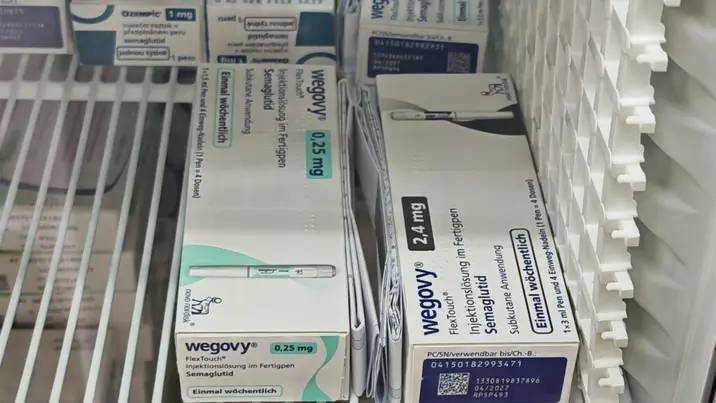
Wegovy earns MASH approval

Sarepta Faces Class Action Over Elevidys Safety Claims
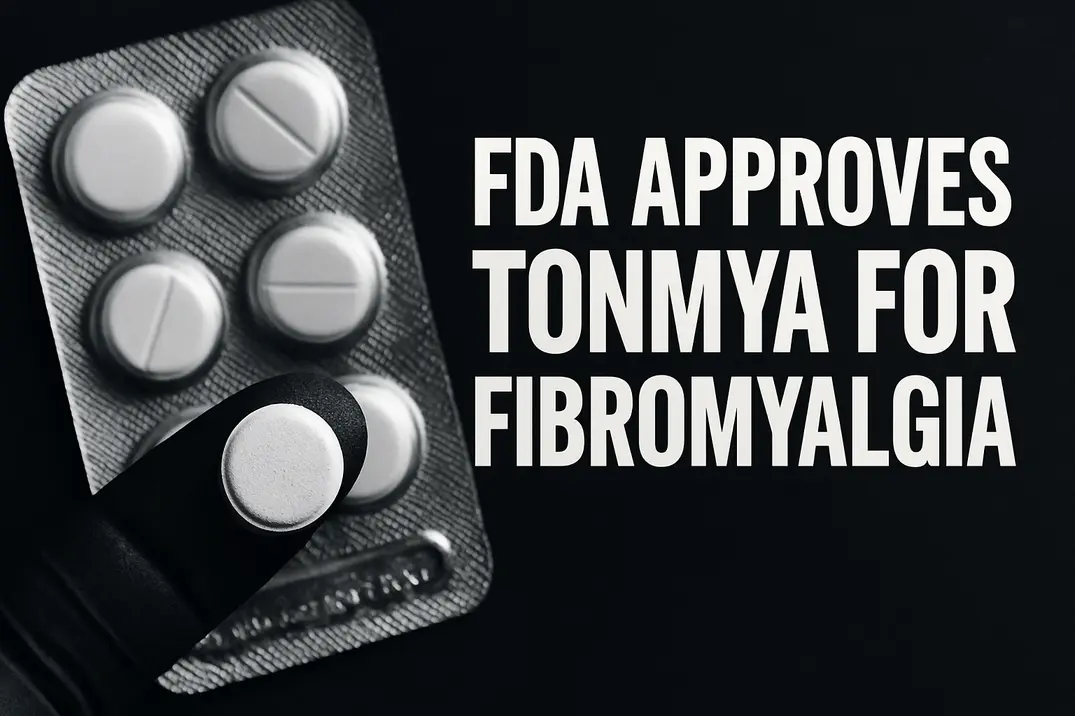
Tonmya FDA approval
